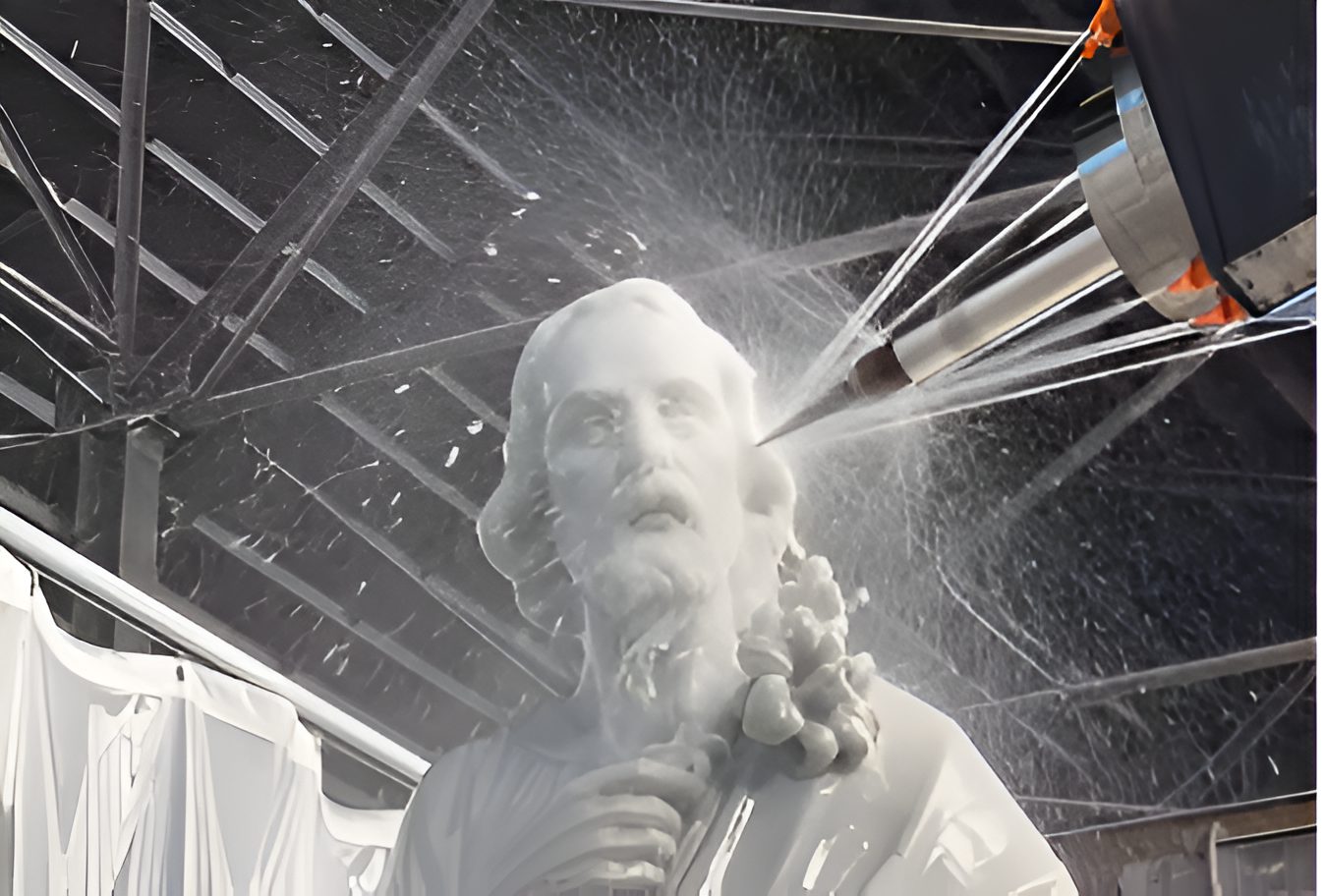Cargo transportation makes the world tick, and every year it evolves with the introduction of innovative technologies that transform how goods are moved from factories to consumers. This article explores 13 groundbreaking projects that promise to continue the elegant evolution of logistics, making them faster, more efficient, and environmentally friendly.
13. Amazon Robotics: The Future of Warehousing
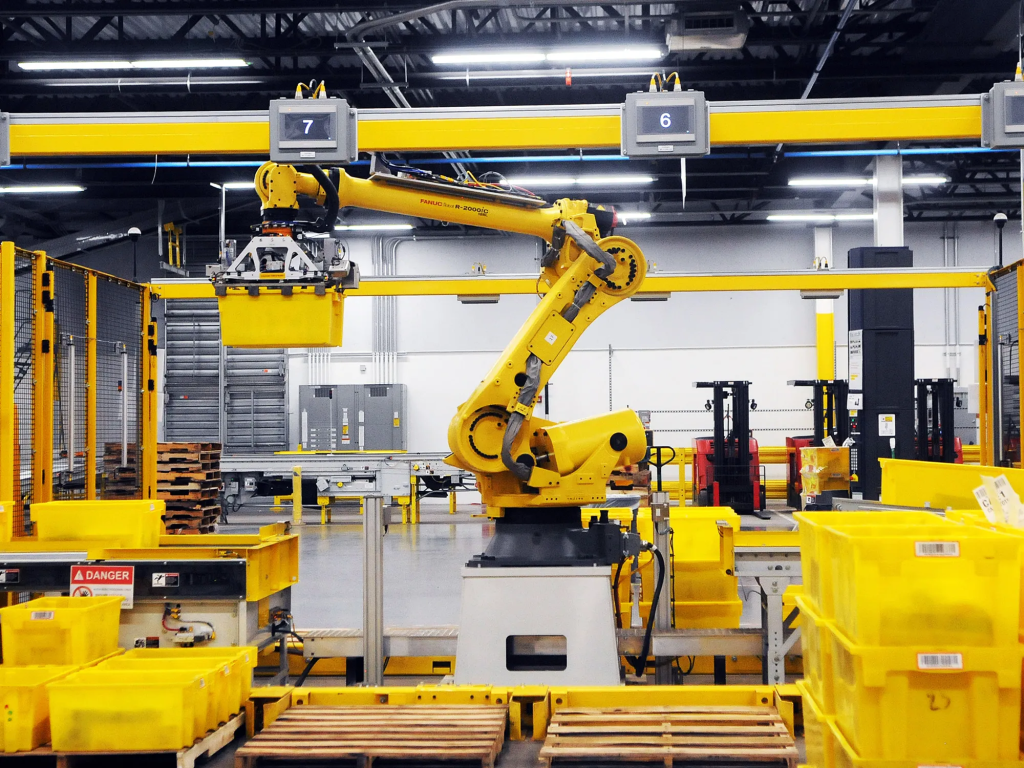
Amazon has set the standard for automated warehousing with its advanced robotics systems. In their facilities, robots operate like busy ants, moving shelves of goods and picking packages with precision. The integration of hydraulic robots and vacuum systems ensures that packages are handled gently and efficiently, streamlining the entire process from storage to shipping.
However, Amazon’s warehouses are just the beginning. A new warehouse in California is set to utilize cutting-edge automated cargo handling systems. Here, goods are unloaded onto conveyor belts, where scanners and smart logistics systems determine their destinations. This innovative approach has increased the warehouse’s capacity from 10,000 to 35,000 items, enhancing efficiency by an astonishing 300%.
12. JD.com Warehousing: A New Era of Automation
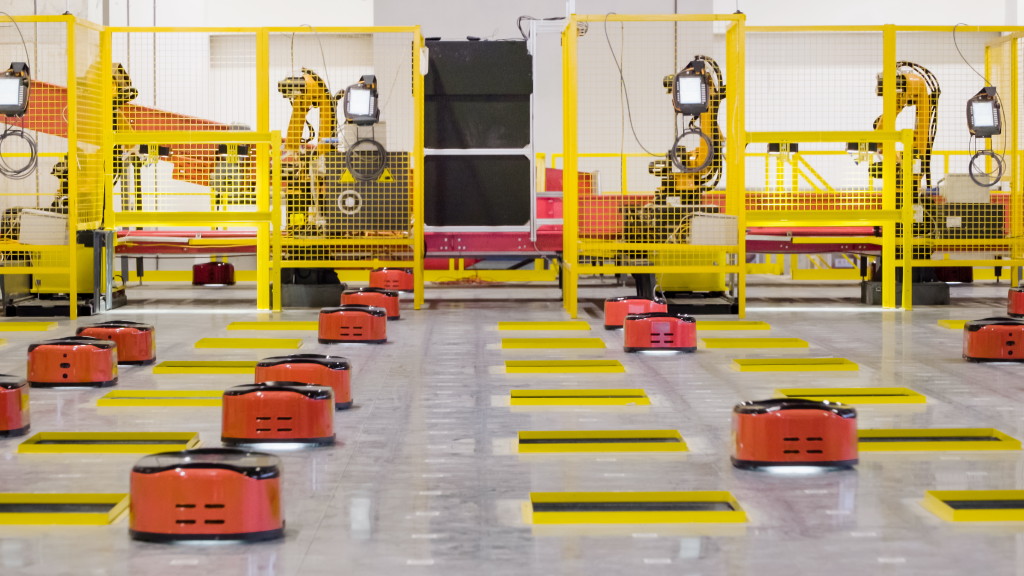
JD.com is another player in the automated warehousing game, boasting a facility that utilizes 180 agile robots. These robots work in tandem with 16 workstations to transport and sort goods, handling up to 15,000 items and 80,000 containers at an impressive speed of 1,500 containers per hour. The system employs QR codes and hybrid navigation technology to ensure safe and efficient cargo handling.
The future of JD.com’s warehousing looks even brighter with plans for a fully autonomous warehouse powered by renewable energy. This facility will feature thousands of robots communicating with each other to optimize operations, setting a new standard for logistics worldwide.
11. KION Warehouse of the Future: Efficiency Redefined
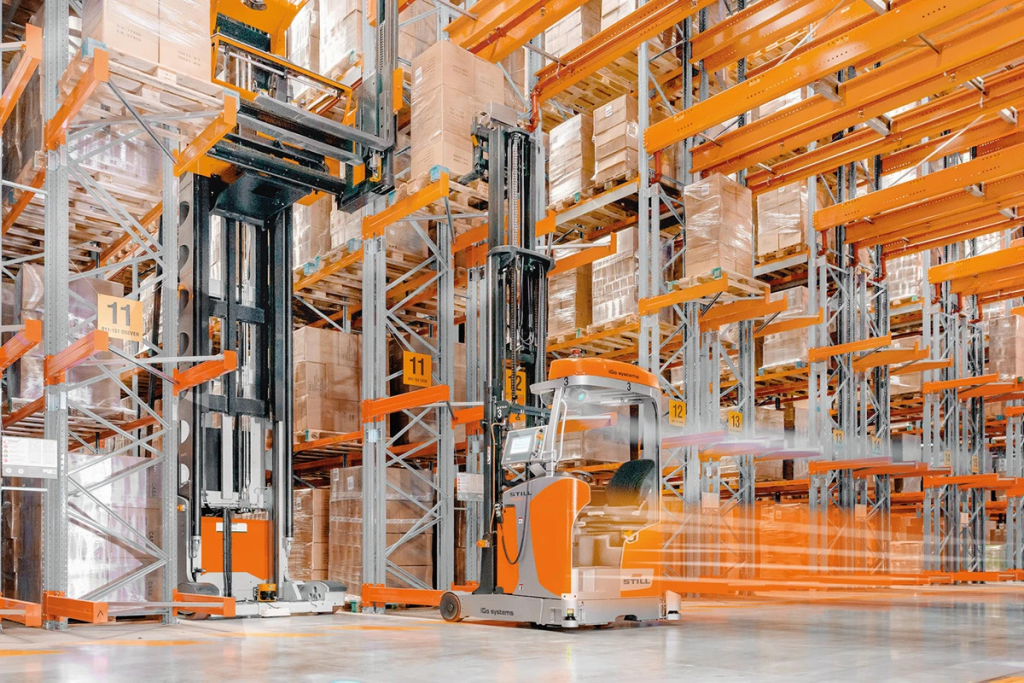
German engineers are designing a revolutionary warehouse set to be completed in 2025. This facility will be entirely powered by renewable energy, showcasing a commitment to sustainability. The robots in this warehouse will operate autonomously, moving at speeds of up to 40 km/h and working together seamlessly to create a highly organized logistics network.
The KION warehouse aims to eliminate human intervention, relying solely on artificial intelligence to manage operations. This ambitious project is expected to become a benchmark for large companies globally, demonstrating how technology can enhance efficiency and reduce environmental impact.
10. NVidia Warehouse Design: Optimizing Logistics
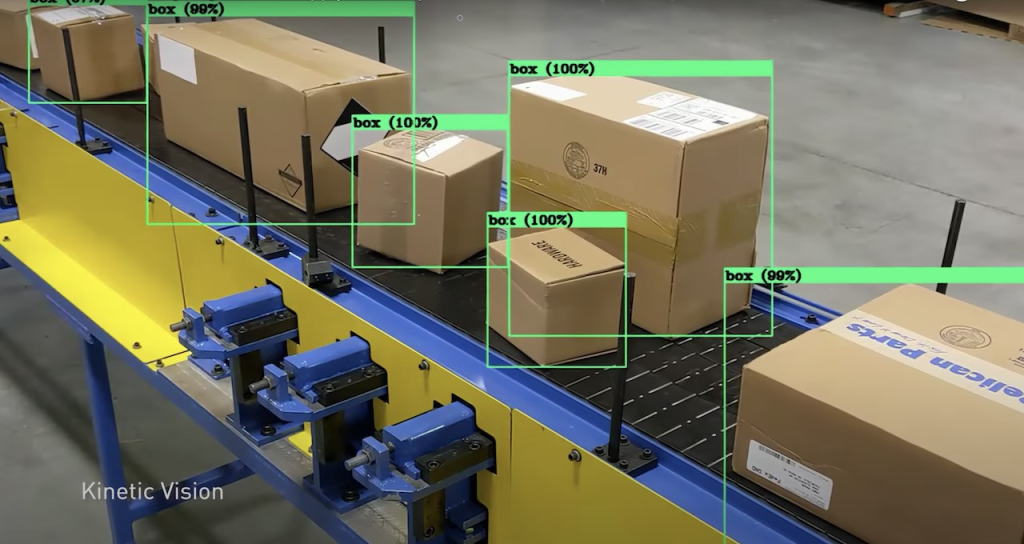
In a surprising twist, Nvidia has introduced a groundbreaking technology that can optimize warehouse logistics even before construction begins. The Nvidia optimizer cloud system allows for detailed analyses and forecasts, enabling companies to program robot movements and streamline work processes.
This innovative approach not only saves costs but also maximizes efficiency, making it a game-changer in the logistics sector. With Nvidia’s technology, companies can ensure that their warehouses are designed for optimal performance from the outset.
9. Winit X Quicktron: Agile Robotics in Action
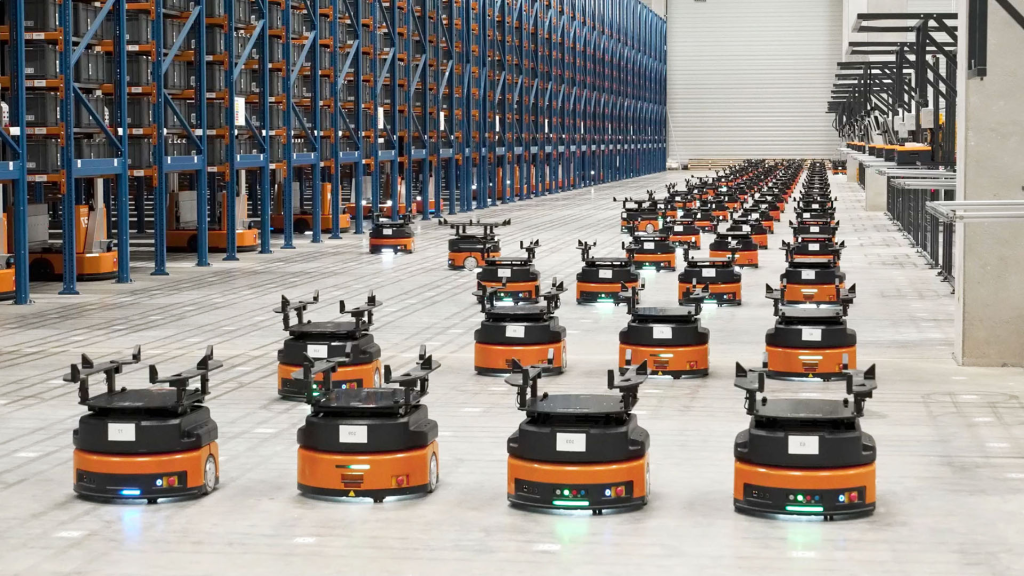
The Winit X system is a formidable force in warehouse automation, designed for facilities up to 8,000 square meters. With 180 agile robots equipped with artificial intelligence, this system can handle a staggering volume of goods. The robots navigate using QR codes, ensuring safe and efficient cargo handling.
Quicktron, the company behind this system, prides itself on using proprietary algorithms and certified robots. This level of automation not only enhances efficiency but also reduces the risk of human error, making it a reliable choice for modern warehouses.
8. Foxbot: Revolutionizing Loading Tasks
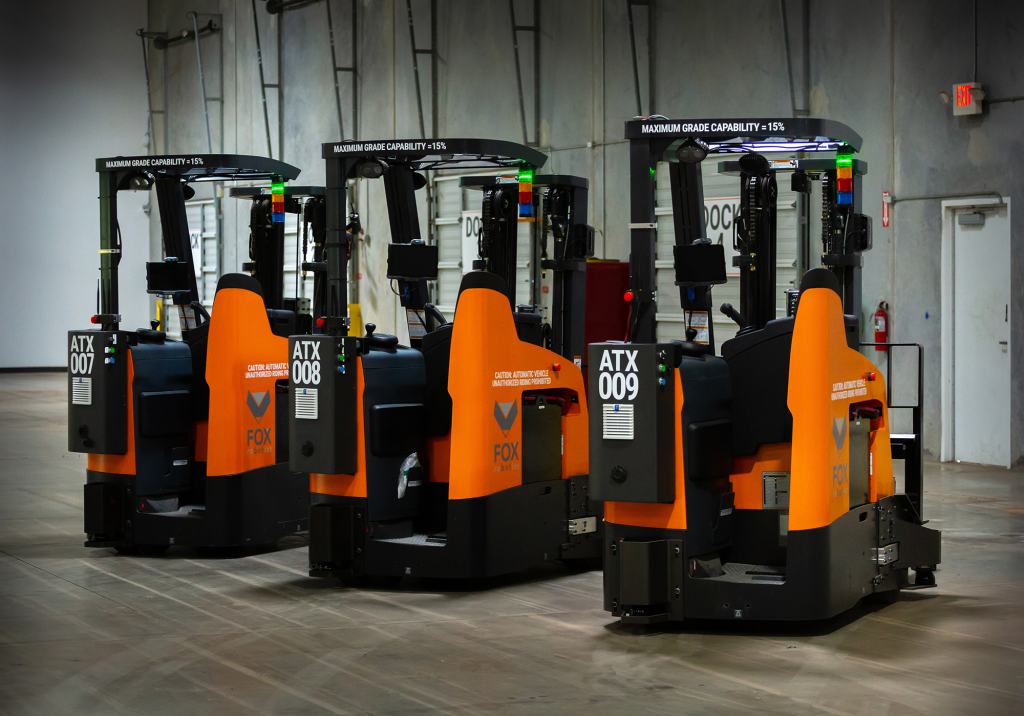
Foxbot is a true game changer in warehousing, capable of handling up to 90% of loading tasks traditionally performed by humans. This autonomous forklift system significantly reduces operational costs and minimizes customer complaints by ensuring careful handling of goods.
Equipped with lidar and onboard cameras, Foxbot can navigate its environment and autonomously build routes in real-time. This technology allows for efficient operations around the clock, with minimal maintenance required, making it an invaluable asset for any warehouse.
7. Dexterity: Robotic Arms for Efficient Loading
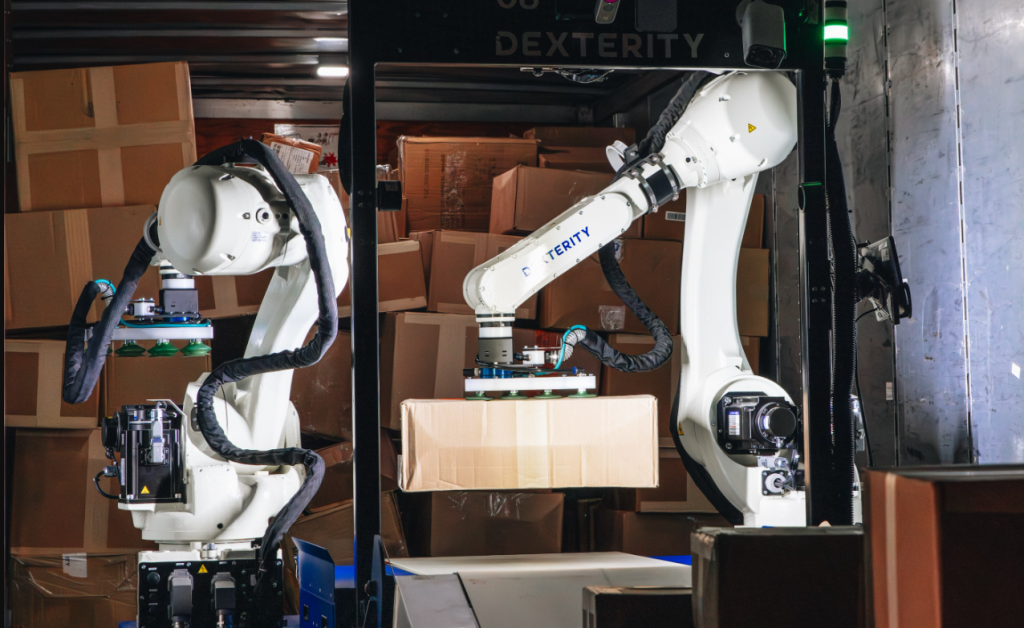
Once goods are sorted, they need to be loaded into containers or trucks. Dexterity’s robotic arms are designed to handle boxes of various sizes and sturdiness, making loading a breeze. These arms can quickly fill up trucks by scanning available space and positioning boxes efficiently.
This technology not only speeds up the loading process but also enhances accuracy, ensuring that goods are packed securely for transport. With Dexterity’s solutions, warehouses can operate more efficiently, reducing turnaround times and improving overall productivity.
6. ISEE Fully Autonomous Truck Yard: The Future of Transport
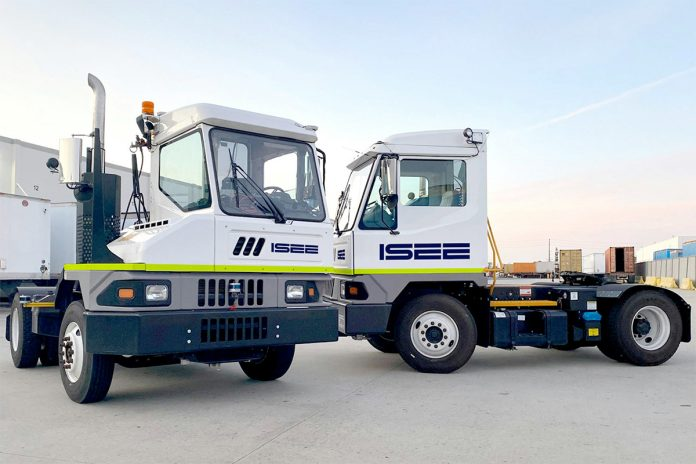
ISEE’s fully autonomous truck yard is a groundbreaking development in logistics. These cutting-edge vehicles utilize artificial intelligence and machine learning to transport goods without human assistance. This innovation not only reduces costs but also enhances safety, as these trucks are designed to operate accident-free.
The ability to function around the clock in all weather conditions ensures that logistics processes remain efficient and uninterrupted. This technology represents a significant leap forward in the transportation sector, paving the way for a future where human intervention is minimized.
5. DP World Cargospeed: The Next Generation of Cargo Transport
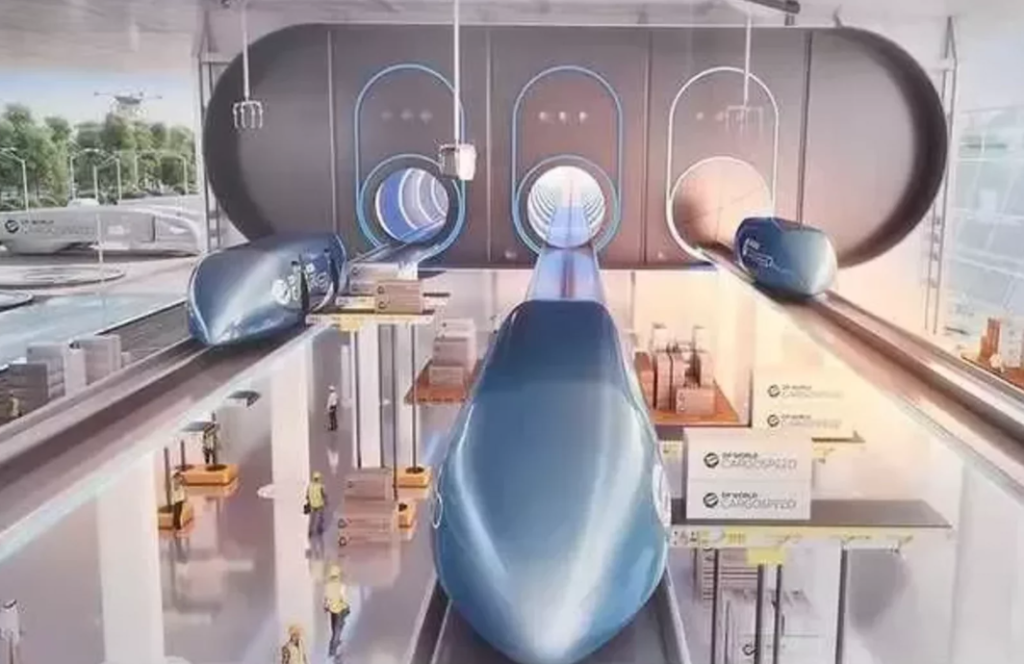
DP World Cargospeed is set to revolutionize cargo transport with its futuristic train design. Utilizing a linear electric motor and magnets, this train will glide through a tube, significantly reducing air resistance and energy consumption.
With the ability to deliver cargo directly to ports, Cargospeed promises to streamline supply chains and reduce delivery times. This innovative approach to transportation is not only efficient but also environmentally friendly, powered by solar energy.
4. Boundary Layer Technologies ARGO: A Hybrid Solution
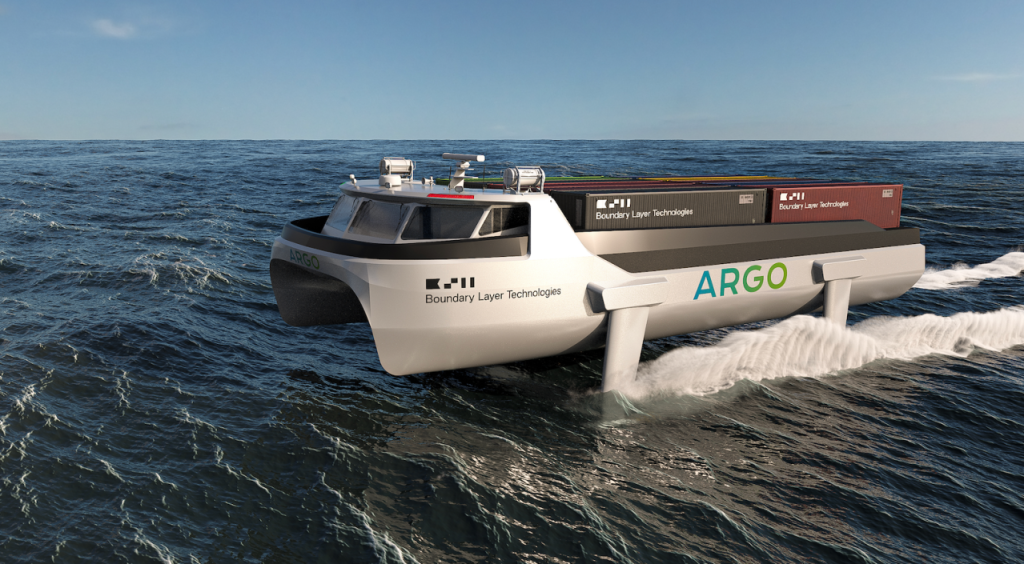
Boundary Layer Technologies has introduced the ARGO speedboat, a unique hybrid between a cargo plane and a ship. While it can carry only four containers, its impressive speed of up to 40 knots makes it a formidable option for transporting goods.
This environmentally friendly vessel operates on hydro foils, consuming significantly less fuel than traditional cargo planes. The ARGO speedboat represents a new frontier in cargo transport, combining speed and sustainability in a single package.
3. Wärtsilä Future Shipping: Innovative Water Transport
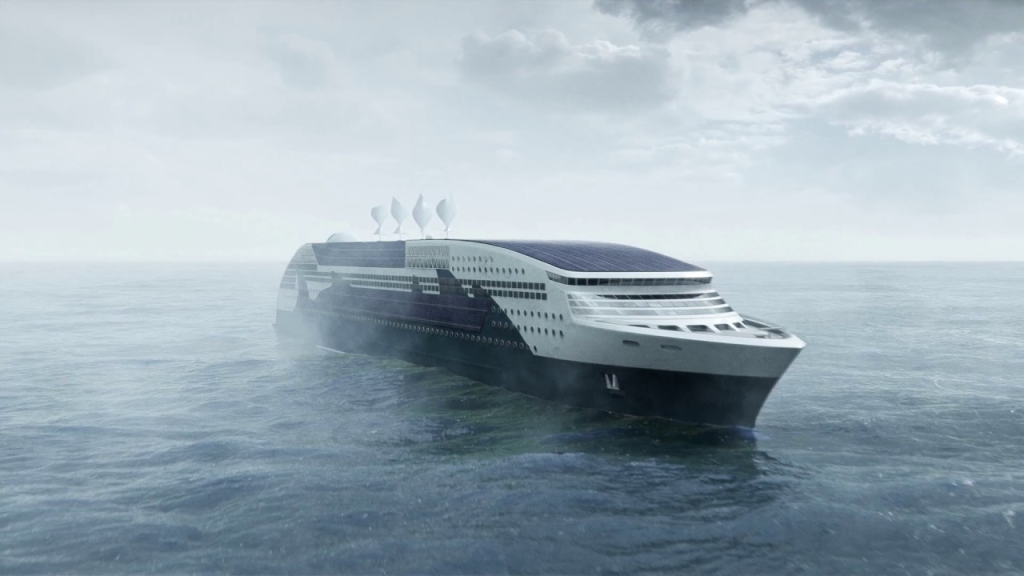
Wärtsilä is exploring innovative ideas for future water transport, including the Convoy project, which allows vessels to sail in a convoy to reduce water resistance and save fuel. Their Zero project aims to create artificial islands along shipping lanes to produce clean fuel from renewable energy sources.
These initiatives highlight the importance of sustainability in future shipping solutions, ensuring that the logistics industry can adapt to the challenges of climate change while maintaining efficiency.
2. Intelligent Logistics Transportation Express System: A New Paradigm
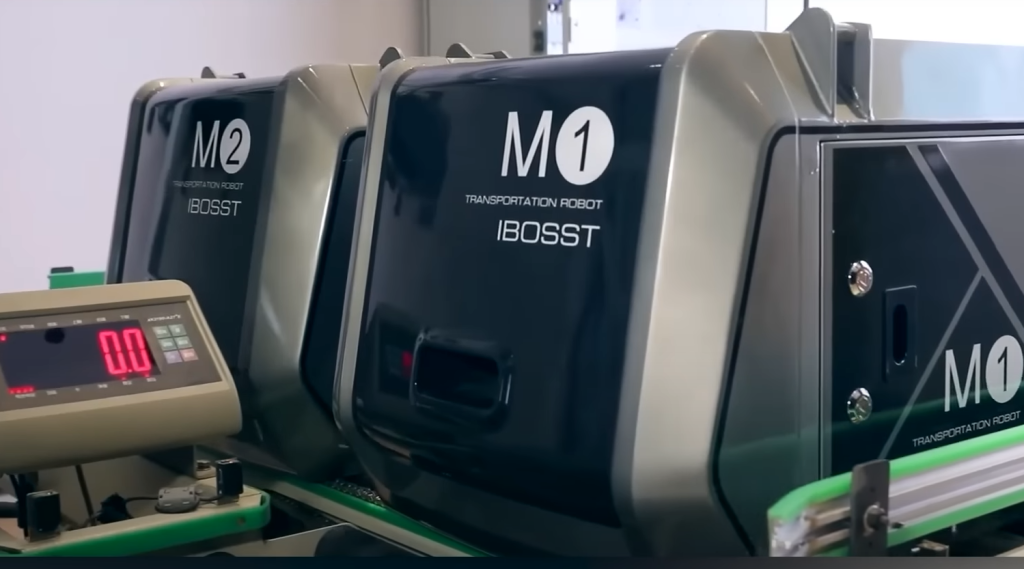
The Intelligent Logistics Transportation Express System is designed to optimize the delivery process, ensuring that goods reach their destinations quickly and efficiently. This system utilizes advanced technology to streamline logistics, making it a valuable asset for modern supply chains.
By focusing on efficiency and speed, this system aims to redefine how goods are transported, ensuring that consumers receive their orders in a timely manner.
1. Eviation Alice: The Future of Air Cargo
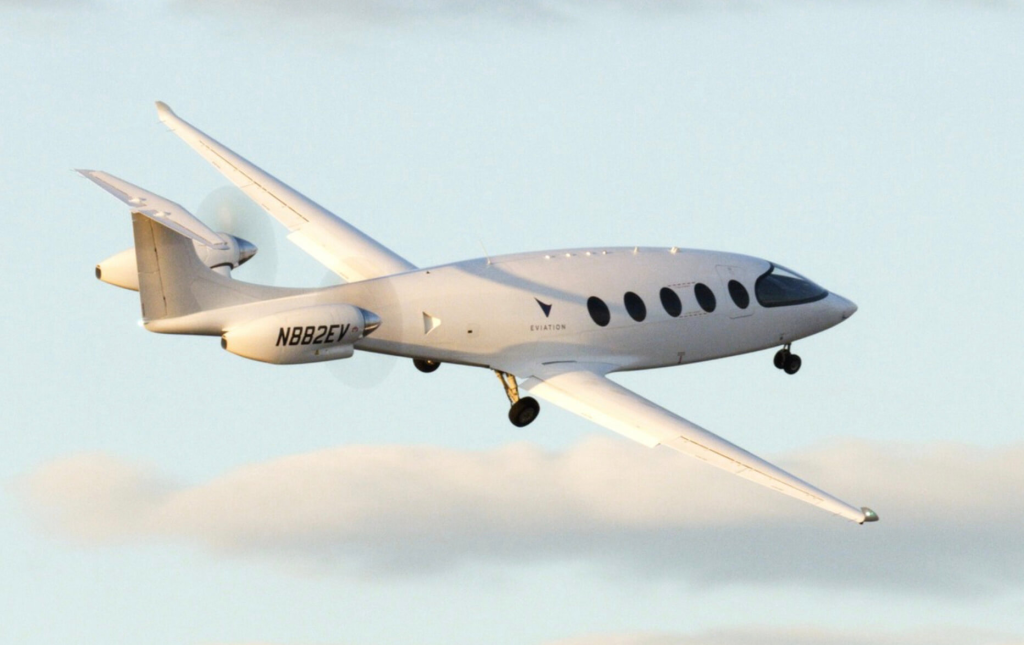
Eviation’s Alice is an electric drone designed to revolutionize air cargo transport. With a mission to reduce carbon emissions, Alice offers a more environmentally friendly alternative to traditional aircraft.
Having successfully completed its first test flight, Alice is poised to become a key player in the future of air cargo, providing a sustainable solution for transporting goods across long distances.








